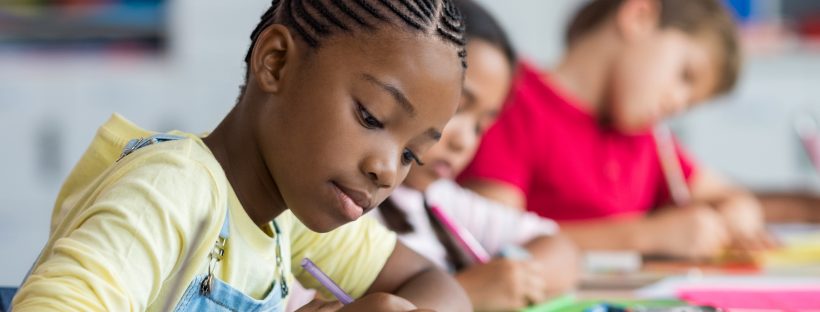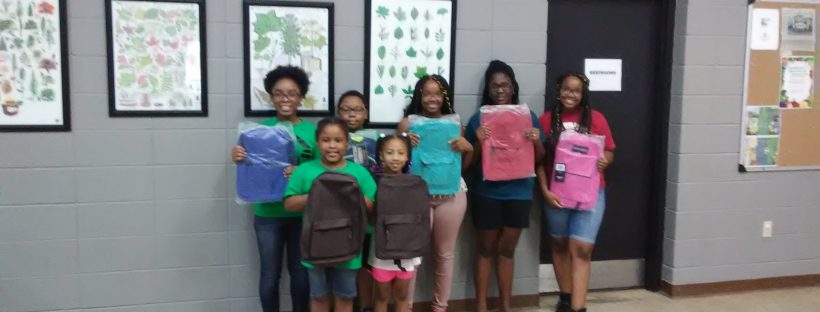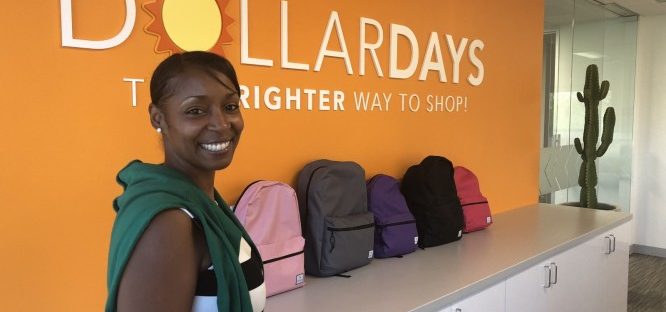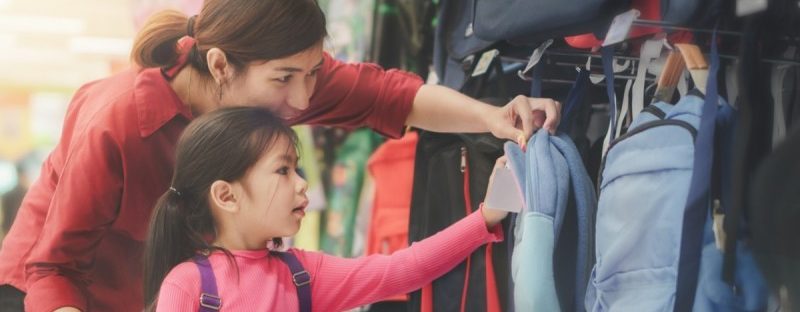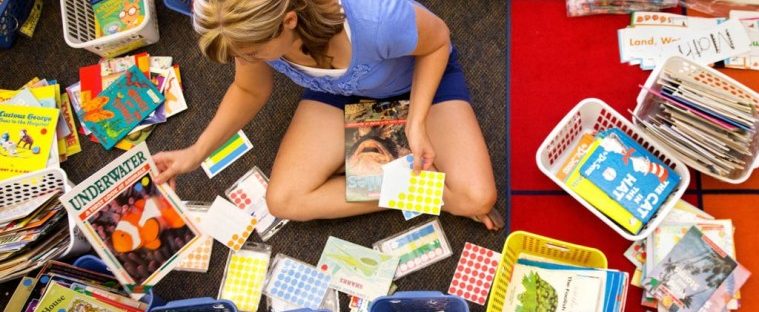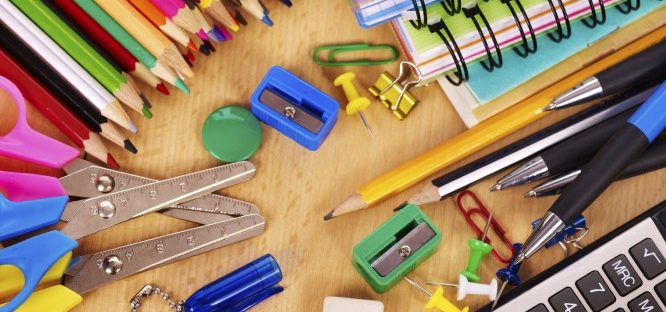For the second year in a row, Arizona saw an increase in classroom spending, according to the Arizona Auditor General's annual audit. Arizona school districts spent 54% of their available operating dollars on classroom instruction, making 2018 the second consecutive year to increase classroom spending. Since monitoring began in 2001, the highest level spent on instructional … Continue reading Arizona Sees Increase in Classroom Spending for Second Year in a Row
Youth Programs Give Children Hope Through Art
Youth Development and Capacity Building, Inc., located in Atlanta, Ga., serves the disadvantaged youth and communities through education and development. We host numerous youth educational initiatives throughout the year to develop positive minds and a clear future for our youth and community. By consistently adding programs, initiatives and projects that focus on our youth’s education … Continue reading Youth Programs Give Children Hope Through Art
ScholarsDollar.com Helping Educators Save Big on Classroom Supplies
In May 2018, just as school was about to close for the summer, thousands of teachers in Arizona walked out of their classrooms, joining educators in the “Red for Ed” movement in protest of stagnant salaries and the lack of funding for school supplies. According to a federal Department of Education survey, 94 percent of … Continue reading ScholarsDollar.com Helping Educators Save Big on Classroom Supplies
DollarDays’ School Supplies Donation is a Huge Hit for Students in Miami
Thanks to DollarDays, Young Dreams Community Outreach, a nonprofit organization in Miami, provided 1,300 children with book bags and supply packets for their return to school. With contributions like these, they are able to continue their mission of focusing on the children's future in the community.
4 Tips to Help You Save on Back-to-School Shopping
After the holidays, back-to-school shopping is the second-largest spending season of the year. The average household spends nearly $688 annually on school supplies, new clothing, and electronics like laptops and calculators, according to the National Retail Federation. With school supply lists getting longer and costs rising, more and more parents are searching for quality items … Continue reading 4 Tips to Help You Save on Back-to-School Shopping
Teacher Spend Hundreds out of Pocket on School Supplies
Parents aren’t the only ones who spend big on back-to-school supplies. Thousands of teachers around the United States offset their school supply budgets by forking over close to $600 of their own money just for the most basic of supplies. Some of the most sought-after items include staples, copy paper, holiday decorations and colored pencils, … Continue reading Teacher Spend Hundreds out of Pocket on School Supplies
School Supply Costs Continue to Rise
From backpacks to binders, to USB drives and glue sticks, the rising cost of school supplies is putting a definite pinch on the average families’ budget. When families are simply unable to choose between the grocery bill and the school supply list, it's our children that suffer, often creating a class system in our public … Continue reading School Supply Costs Continue to Rise
Give Me Shelter
Homelessness is not a modern phenomenon. The first cases of the homeless in America date back to the 1640s, according to Street News Service. Wars fought between the settlers and Native Americans displaced people on both sides. Back then, people would show up to a town and make a case for why they should be … Continue reading Give Me Shelter
Teachers Create Our Future
All of us have bragged about the great teachers we've had who have helped us along in life, but not every teacher is wonderful. Some teachers just don’t strive to improve and help kids. According to About Education, ineffective teachers share similar characteristics: They lack the ability to manage their classrooms. If they can’t control … Continue reading Teachers Create Our Future
Businesses Need American Education to Be Great
Listening to the [2016] presidential debates, all [of] the candidates want to make America better than it is today. They want America to lead the world, not to follow. According to Ranking America, [the United States leads] the world with the largest prison population at 2,217,000 prisoners, followed by China at 1,657,812 and Russia at … Continue reading Businesses Need American Education to Be Great
